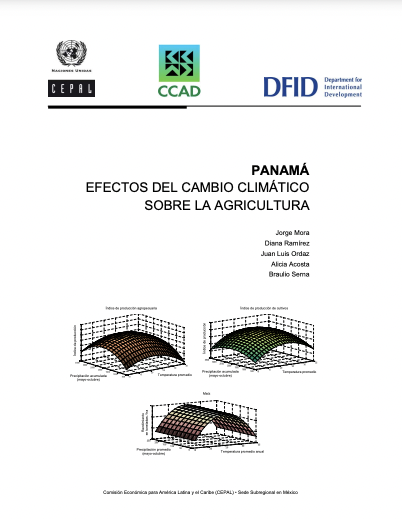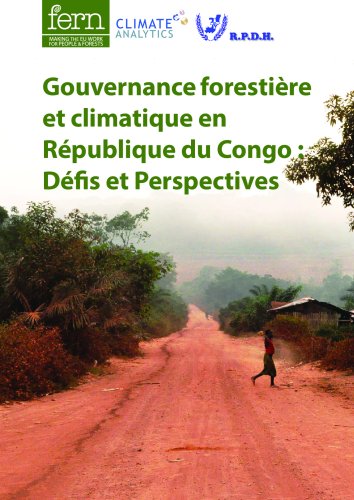Are livestock always bad for the planet?
Urgent climate challenges have triggered calls for radical, widespread changes in what we eat, pushing for the drastic reduction if not elimination of animal-source foods from our diets. But high-profile debates, based on patchy evidence, are failing to differentiate between varied landscapes, environments and production methods. Relatively lowimpact, extensive livestock production, such as pastoralism, is being lumped in with industrial systems in the conversation about the future of food.



